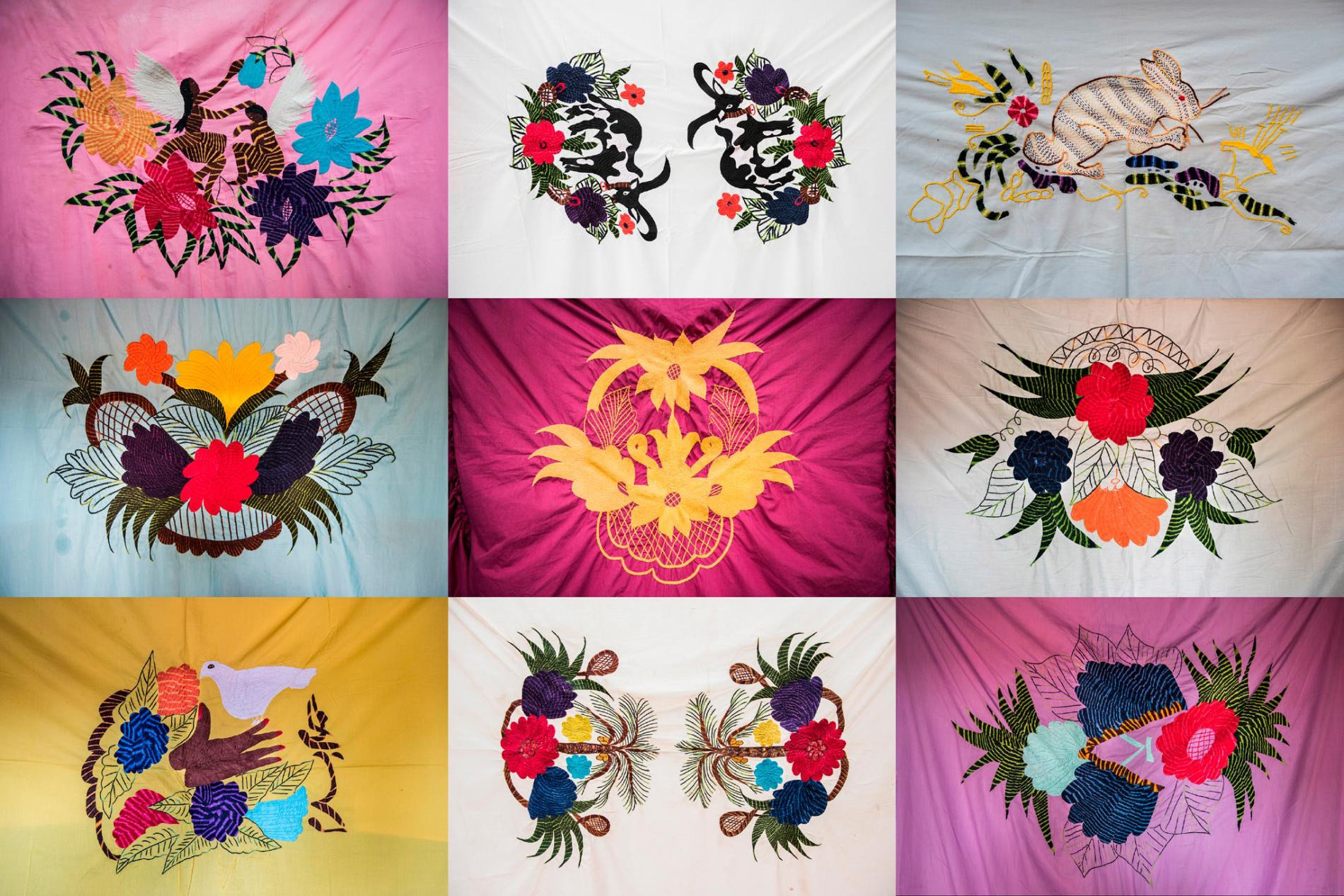Community Craft is a project that started after reading a National Geographic Article about female Sudanese refugees living in the BidiBidi camp who had brought Milaya’s as a reminder of home and have now started to make them in the camps to earn extra money and keep themselves busy.
When reading this article, I was struck not only by the beauty of the Milaya’s themselves, but of the importance of the themes within the craft process. Milaya’s were part of a tradition created by Sudanese women, who would create share the skills with female members of their families, and were then able to replicate that community when they were forced to leave their homes and start their lives over in the BidiBidi refugee camp. Tradition, Community, Female Empowerment, Personal Expression through craft, and the sentimentality of objects we associate with home, make this far more than a simple embroidery project. All of these themes are important to the story - in a sense the craft itself is more of a means to communicate the aspects of these women’s lives that might otherwise be untold.
I decided to run a series of workshops to share the skills I’d learnt weaving and to explore the themes that I’d found in the Milaya’s. Having already made some weaving circles myself, I felt that the weaving lent itself to a form of personal expression - it was a craft with a number of options based on personal preference; size of loom, colour and thickness of thread, and a wide range of possible techniques to explore.
I created some questions designed to find out more about individuals than is often shared. By combining these words with images of the people and the weaves they created, you get such a personal understanding of the individuals. By asking these questions, I now also had another element within the project, it wasn’t just about photos of them weaving with a hint to their personalities provided in the few words they related most to, but it was providing further context as to what kind of people they were, which was an important layer of meaning to me that had been missing in the first iteration. They are all individual women, but when placed together in this context, their community becomes apparent too.




